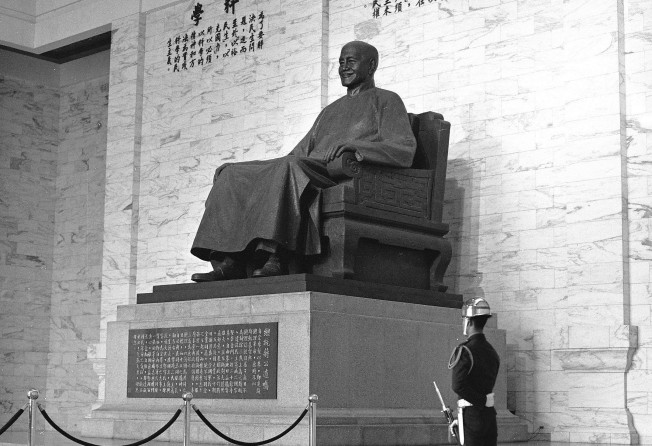As Taiwan struggles with Chiang Kai-shek’s legacy, a look at how China’s rulers treated their predecessors
The destruction of symbols, such as palaces, belonging to preceding regimes and dynasties was the norm in ancient China

The administration of Taiwan’s President Tsai Ing-wen is reportedly seeking to change the name and nature of Chiang Kai-shek Memorial Hall, a move that detractors point to as yet another manifestation of the ruling Democratic Progressive Party’s attempts to purge the memory of the spiritual leader of the opposition Kuomintang, and de-sinicise the island.
Earlier, in 2007, former president Chen Shui-bian, also from the DPP, successfully renamed the adjacent Chiang Kai-shek Memorial Square as Liberty Square. The deep resentment DPP supporters and Taiwan’s “pan-green” camp harbour towards Chiang and the KMT is understandable: they bore the brunt of the latter’s repression during the dark days of Taiwan’s autocratic past.
Curiously, though, members of Taiwan’s “pan-green” faction don’t hate the Japanese so much, despite the Japanese being no less brutal than the mainland-originated KMT during their 50-year rule of Taiwan, from 1895 to 1945. Perhaps the adage is right after all: time does heal all wounds.
The felling of visible totems of preceding regimes and dynasties was the norm in ancient China. Grandest of these was the destruction of palaces. When Cao Zhi (192-232) became marquess of Juancheng, his decision to demolish a 300-year-old palace of the great Emperor Wu of the previous Han dynasty located in his marquisate was met with opposition. The poet-prince of the newly founded Wei dynasty nonchalantly averred that it had always been done since the beginning of history, and gave the order to burn the palace to the ground.